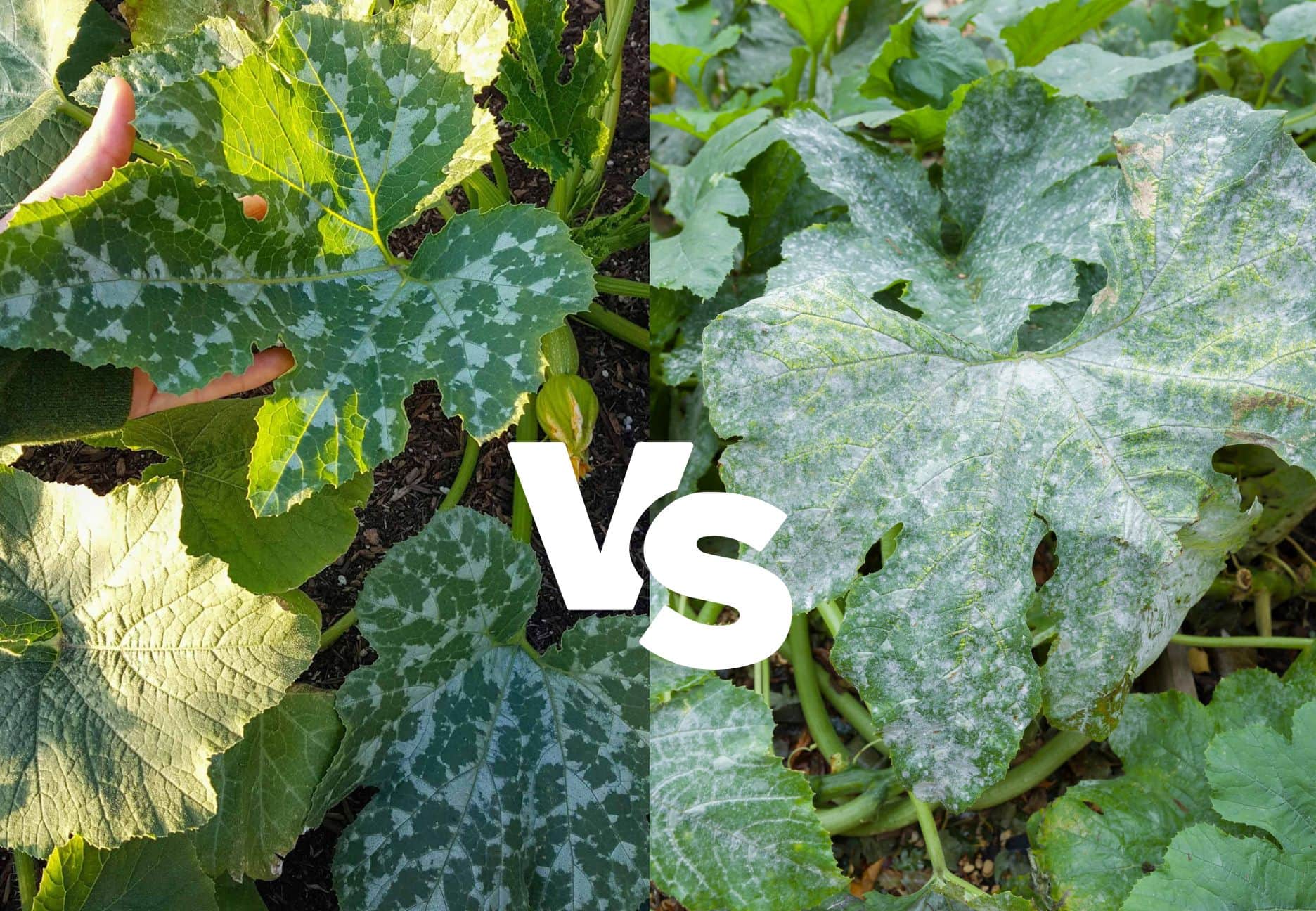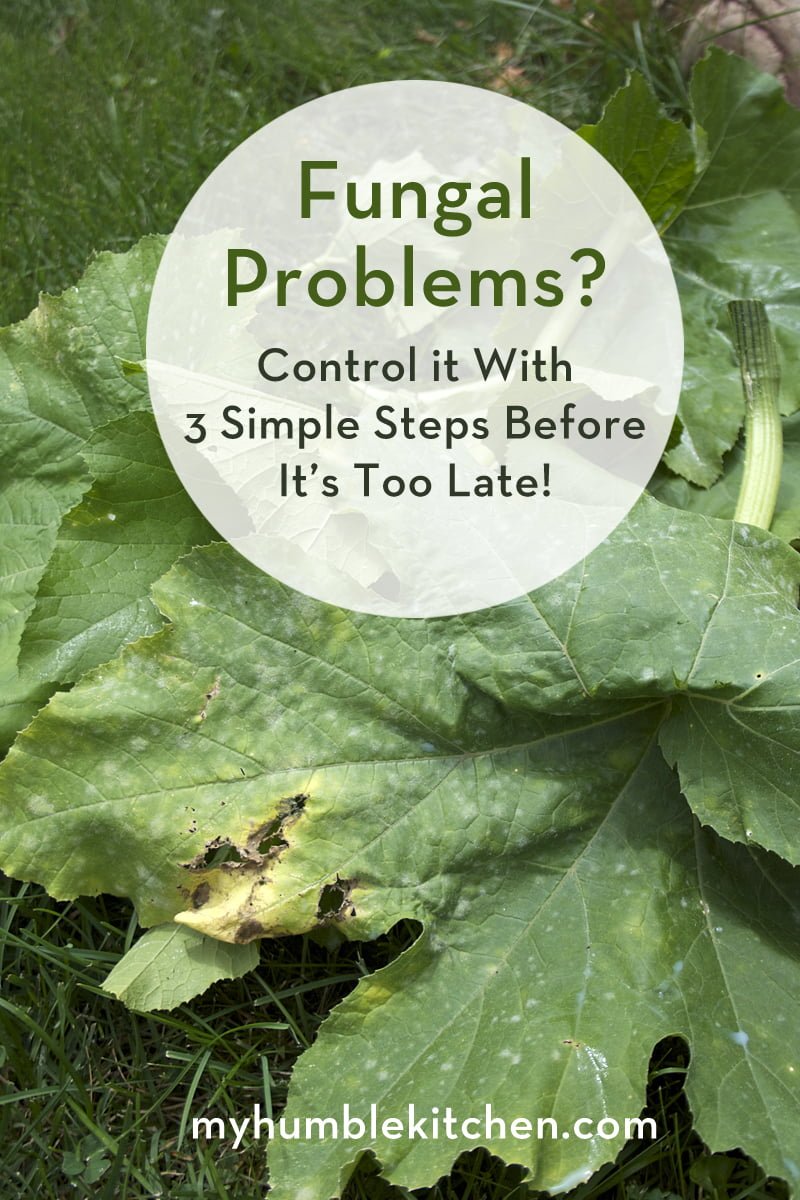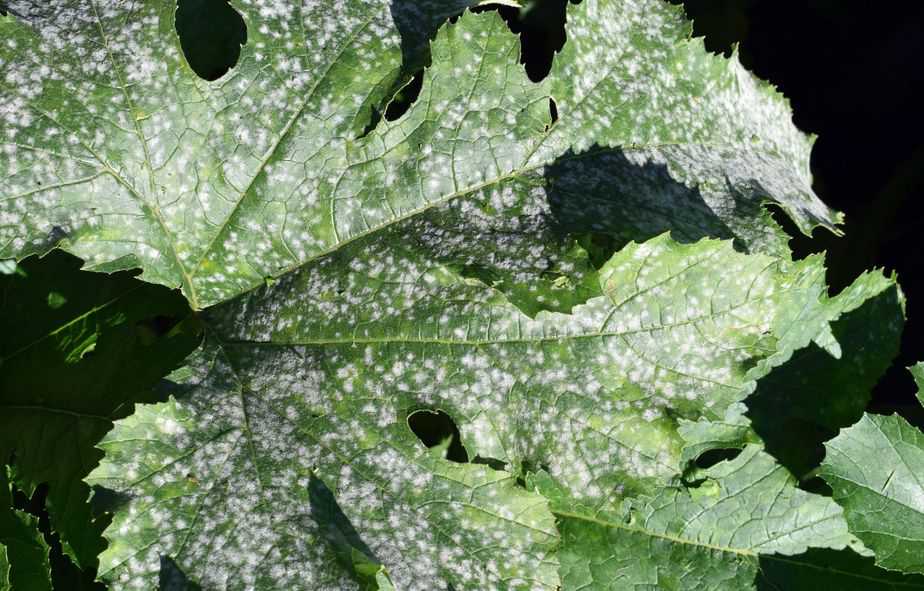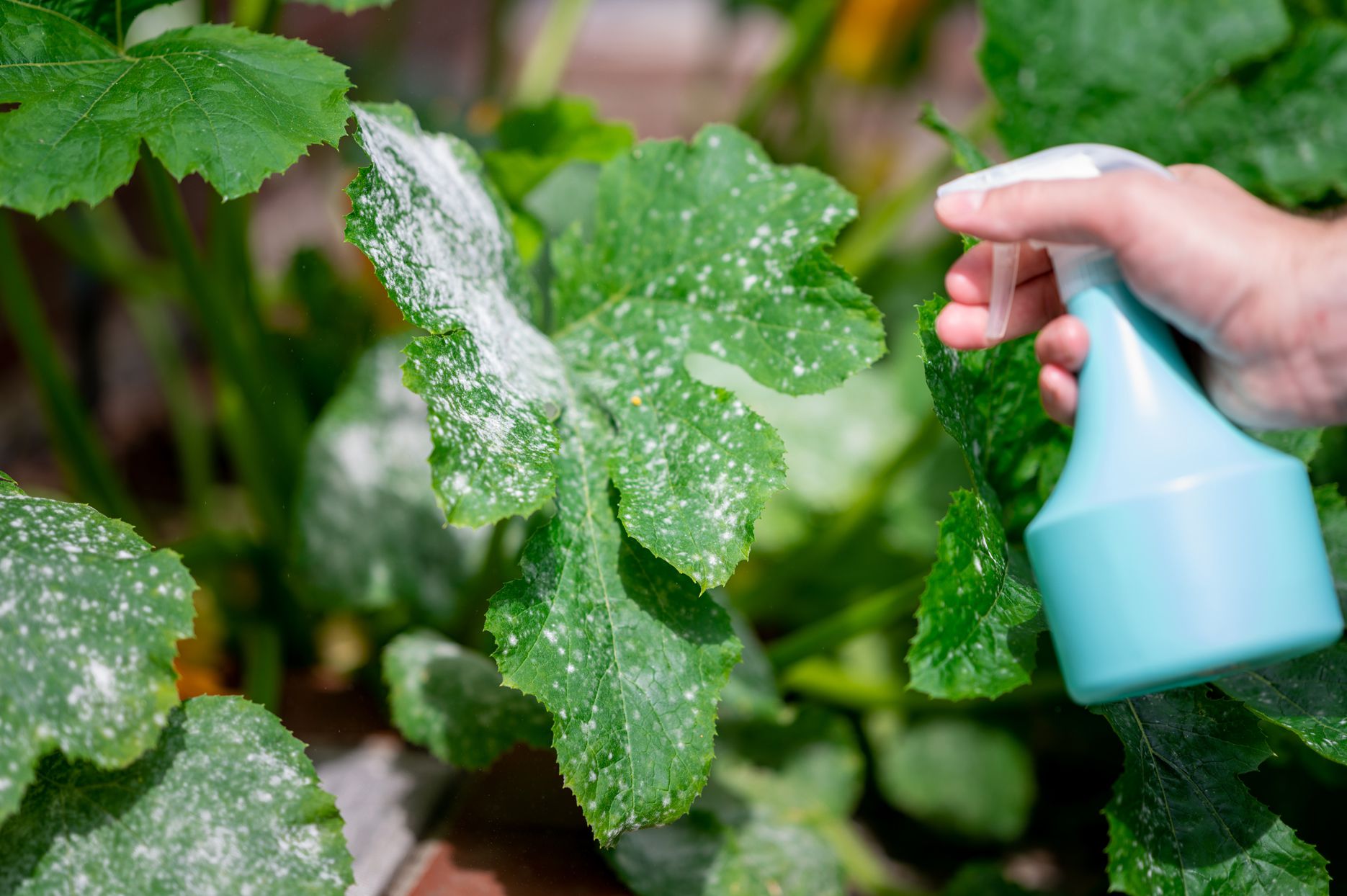If you’re a zucchini lover and have noticed those pesky white spots on the leaves of your plant, fear not! In this article, we will explore some effective methods to treat these white spots and ensure the health and vitality of your zucchini plant. From natural remedies to preventive measures, we’ve got you covered. Say goodbye to those white spots and hello to a thriving zucchini garden!

Understanding White Spots on Zucchini Leaves
Zucchini plants are a popular addition to many home gardens due to their ability to produce an abundance of delicious and versatile vegetables. However, sometimes these plants may develop white spots on their leaves, which can be an alarming sight for any gardener. Understanding the causes of these white spots and how to treat them is crucial for maintaining the health and productivity of your zucchini plants.
What are white spots on zucchini leaves?
White spots on zucchini leaves are an indication of a fungal or bacterial infection. These spots are usually circular in shape and can vary in size and appearance. They may start as small, white specks and gradually grow larger, turning yellow or brown as the infection progresses. In some cases, these spots might also have a powdery or fuzzy texture, indicating the presence of fungi. It is important to address these white spots promptly to prevent further damage to your zucchini plants.
Causes of white spots on zucchini leaves
Several factors can contribute to the development of white spots on zucchini leaves. Fungal infections such as powdery mildew and downy mildew are common culprits. Powdery mildew is caused by the fungus Podosphaera xanthii and typically appears as white, powdery spots on the upper surface of the leaves. On the other hand, downy mildew is caused by the pathogen Pseudoperonospora cubensis and manifests as fuzzy white spots on the underside of the leaves.
Bacterial infections, such as bacterial leaf spot caused by the bacterium Xanthomonas campestris, can also lead to the formation of white spots on zucchini leaves. These spots are often accompanied by yellow halos and may ooze bacteria-infested fluid.
Inadequate airflow and high humidity levels favor the growth and spread of these pathogens. Additionally, poor garden hygiene, overcrowding, and environmental stresses can weaken the plant’s natural defenses, making them more susceptible to infections.
Preventive Measures
Prevention plays a crucial role in keeping your zucchini plants healthy and free from white spots. By implementing the following measures, you can reduce the risk of infection and promote optimal plant growth.
Maintain proper garden hygiene
Proper garden hygiene is essential in preventing the development of white spots on zucchini leaves. Make sure to remove any fallen leaves, debris, or weeds from the garden bed regularly. These organic materials can harbor fungal spores or bacteria that may infect your zucchini plants. Additionally, avoid working in the garden when the foliage is wet, as this can promote the spread of diseases.
Use disease-resistant varieties
Choosing disease-resistant zucchini varieties can significantly reduce the risk of fungal and bacterial infections. Look for cultivars that have been specifically bred for resistance to powdery mildew, downy mildew, and other common diseases. Disease-resistant varieties can withstand infections more effectively and have a higher chance of remaining healthy throughout the growing season.
Provide adequate spacing
Proper spacing between zucchini plants is essential for adequate airflow and light penetration. Crowded plants are more susceptible to fungal infections due to limited air circulation, which creates a humid microenvironment favorable for pathogen growth. Follow the recommended spacing guidelines for your chosen zucchini variety to promote healthy plant growth and minimize the risk of white spot development.
Avoid overhead irrigation
Watering your zucchini plants from above can contribute to the spread of fungal and bacterial diseases. Moisture on the leaves and foliage provides an ideal environment for pathogens to thrive. Instead, opt for drip irrigation or watering at the base of the plant to keep the foliage dry and minimize the risk of infection.
Natural Remedies for Treating White Spots
If your zucchini plants have already developed white spots on their leaves, there are several natural remedies you can try to combat the infection. These remedies are safe for both your plants and the environment, making them a popular choice for many gardeners.
Neem oil
Neem oil is derived from the Neem tree and has powerful antifungal and antibacterial properties. Dilute neem oil as per the instructions on the bottle and spray it on the affected zucchini leaves. Neem oil not only helps control fungal and bacterial infections but also acts as a repellent for common garden pests.
Baking soda solution
Mixing baking soda with water and a few drops of liquid soap creates an effective antifungal spray for treating white spots on zucchini leaves. The alkaline nature of baking soda helps create an unfavorable environment for fungal growth. Apply the solution to the affected leaves every 7-10 days until the white spots disappear.
Milk spray
Milk has been found to have antifungal properties and can effectively inhibit the growth of powdery mildew. Mix milk with water in a 1:9 ratio (one part milk to nine parts water) and spray it on the affected zucchini leaves. The proteins and enzymes present in milk help suppress fungal activity and promote leaf health.
Garlic spray
Garlic is known for its natural antifungal and antibacterial properties. Prepare a garlic spray by crushing several cloves of garlic and soaking them in water overnight. Strain the mixture and add a few drops of liquid soap. Spray this mixture on the affected leaves, paying close attention to the white spots. The powerful compounds in garlic help combat fungal and bacterial infections effectively.
Chamomile tea
Chamomile tea, a well-known herbal remedy, can be used as a natural fungicide to treat white spots on zucchini leaves. Steep a chamomile tea bag in hot water and allow it to cool. Transfer the tea to a spray bottle and apply it to the affected leaves. The antifungal properties of chamomile help control the spread of fungal infections and promote leaf health.
Chemical Treatments
In severe cases or when natural remedies are ineffective, chemical treatments can be used to combat white spots on zucchini leaves. It is important to use these treatments judiciously and follow the manufacturer’s instructions carefully to avoid any harm to the environment or your plants.
Fungicides
Fungicides containing active ingredients such as sulfur, triadimefon, or chlorothalonil can be effective in controlling fungal infections on zucchini leaves. These products should be used strictly as directed and at the recommended intervals to prevent the development of resistance in the pathogens.
Copper-based sprays
Copper-based sprays are commonly used to manage fungal diseases in vegetable gardens. These sprays act as a protective barrier, preventing the growth and spread of fungal spores. Copper-based products can be effective against powdery mildew and downy mildew. However, they should be used cautiously and in recommended doses to prevent copper toxicity in plants.
Sulfur-based sprays
Sulfur-based sprays are another option for chemical control of fungal diseases. Sulfur is a natural element with fungicidal properties that can effectively inhibit the growth of powdery mildew and other fungal pathogens. Apply sulfur-based sprays only when necessary and according to the instructions on the product label to avoid any adverse effects.

Cultural Methods for Managing White Spots
Implementing cultural methods alongside preventive measures and treatments can significantly enhance white spot management in your zucchini plants. These methods focus on creating a favorable growing environment for your plants while minimizing the risk of infections.
Crop rotation
Crop rotation is a key practice for preventing the buildup of fungal and bacterial pathogens in the soil. Avoid planting zucchini or any other cucurbit plants in the same location for consecutive years. Rotating crops helps break the disease cycle, as many pathogens are host-specific, meaning they rely on a particular plant species to survive and reproduce.
Pruning infected leaves
Promptly remove and destroy any zucchini leaves showing signs of white spots. This helps prevent the spread of pathogens to healthy leaves. Use clean pruning tools to prevent cross-contamination, and ensure to dispose of the infected leaves away from your garden beds.
Proper weed control
Weeds can serve as hosts for fungal and bacterial pathogens, providing a breeding ground for infections. Regularly remove weeds from your garden beds to eliminate potential disease reservoirs. Mulching around your zucchini plants can also help suppress weed growth and conserve soil moisture.
Mulching
Mulching not only helps conserve moisture in the soil but also acts as a physical barrier, preventing soil-borne pathogens from splashing onto the leaves during watering or heavy rainfall. Use organic mulch materials such as straw, leaves, or wood chips. Apply a layer of mulch around the base of your zucchini plants, taking care not to place it too close to the stems.
Fertilization
Maintaining proper nutrient levels in the soil is crucial for strong and healthy plant growth. Follow a regular fertilization schedule, applying balanced fertilizers with the appropriate ratio of nitrogen, phosphorus, and potassium. Avoid excessive nitrogen applications, as this can promote lush foliage that is more susceptible to diseases.
Avoiding excessive nitrogen
Although nitrogen is an essential nutrient for plant growth, an excess of it can weaken the plants’ natural defenses and make them more prone to infections. Limit nitrogen-rich fertilizers and avoid over-fertilizing your zucchini plants. A balanced nutrient profile and healthy plant growth will help prevent the occurrence of white spots.
Effective White Spot Management Strategies
To effectively manage white spots on zucchini leaves, it is important to adopt a comprehensive approach that combines preventive measures, natural remedies, and cultural methods. The following strategies can help you stay ahead of potential infections and ensure the long-term health and productivity of your zucchini plants.
Early detection and intervention
Regularly inspect your zucchini plants for any signs of white spots or other symptoms of fungal or bacterial infections. Catching the problem early allows for prompt intervention and reduces the risk of the infection spreading to other parts of the plant or neighboring plants. Once you notice white spots, follow the appropriate treatment methods outlined earlier to address the issue.
Regular inspection
Frequent and diligent inspection of your zucchini plants is vital for effective white spot management. Pay close attention to both the upper and lower surfaces of the leaves, as well as the stems and fruits. Look for any changes in color, texture, or the presence of powdery or fuzzy deposits. Early detection and timely intervention can significantly reduce the impact of white spots on your zucchini plants.
Integrated Pest Management (IPM)
Integrated Pest Management (IPM) is a holistic approach to managing pests, diseases, and other plant problems that emphasizes prevention and cultural controls before resorting to chemical treatments. By incorporating IPM practices, such as regular monitoring, maintaining proper garden hygiene, and utilizing natural remedies, you can effectively manage white spots on zucchini leaves while minimizing the use of chemicals.
Maintaining plant vigor
Keeping your zucchini plants healthy and vigorous plays a crucial role in their ability to resist and recover from infections. Provide your plants with optimal growing conditions, including proper watering, adequate sunlight, and balanced fertilization. Healthy plants are better equipped to fend off diseases and can withstand infections more effectively.

When to Seek Professional Help
While most cases of white spots on zucchini leaves can be effectively managed using preventive measures and treatments, there are instances when it is advisable to seek professional help. Consider reaching out to a local agricultural extension office or a plant health specialist if you encounter the following situations:
Severe infestations
If your zucchini plants are severely affected by white spots and the infection seems to be spreading rapidly, professional assistance may be necessary. They can provide expert advice and recommend appropriate treatments to combat the situation effectively.
Persistent symptoms despite treatment
If you have followed preventive measures and tried various treatments, but the white spots persist or worsen, it may be challenging to identify the exact cause or suitable treatment. A professional can conduct a thorough diagnosis and offer specialized guidance based on their expertise.
Uncertainty in diagnosis
If you are unsure about the cause of the white spots on your zucchini leaves or suspect multiple pathogens at play, seeking professional help can provide you with a more accurate diagnosis. They can assist in identifying the specific pathogens and recommend targeted treatments for effective management.
Potential Consequences of Untreated White Spots
Ignoring and leaving white spots on zucchini leaves untreated can have adverse effects on the overall health and productivity of your plants. It is important to understand the potential consequences of neglecting this problem.
Reduced yield
White spots on zucchini leaves not only hinder photosynthesis, which is essential for plant energy production, but also weaken the plants’ ability to take up nutrients and water. As a result, untreated infections can lead to reduced yields and poor fruit development.
Stunted growth
In severe cases, white spot infections can cause stunted growth in zucchini plants. The pathogens disrupt the normal growth processes, inhibiting the plant’s ability to reach its full potential. Stunted plants are less likely to produce healthy, robust fruits.
Spread to other plants
Fungal and bacterial infections can spread rapidly, especially in humid and crowded conditions. Leaving white spot-infested zucchini plants unattended can result in the spread of pathogens to neighboring plants, jeopardizing the health of your entire garden. Proper management and treatment of white spots are crucial to prevent disease outbreaks.

Additional Tips for Zucchini Leaf Care
In addition to addressing white spots on zucchini leaves, there are some general care tips you should keep in mind to ensure the overall health and vitality of your zucchini plants.
Proper watering techniques
Watering your zucchini plants correctly is crucial for their growth and development. Provide consistent moisture by watering deeply and thoroughly, ensuring that the soil is evenly moist. Avoid overwatering, as excessively wet conditions can promote the growth of fungal pathogens.
Regular fertilization
Zucchini plants are heavy feeders and require regular fertilization throughout the growing season. Apply a balanced fertilizer according to the specific needs of your soil and plants. Regular fertilization ensures that your zucchini plants receive the necessary nutrients for optimal growth and production.
Sunlight requirements
Zucchini plants thrive in full sun, requiring at least six to eight hours of direct sunlight daily. Proper exposure to sunlight promotes strong plant growth, enhances photosynthesis, and helps prevent the development of fungal diseases.
Timely harvesting
Harvest your zucchini fruits at the appropriate stage to maintain plant vigor and productivity. Overripe or rotting fruits can attract pests and diseases, compromising the health of your zucchini plants. Regularly check for ripe fruits and harvest them promptly to encourage continuous fruit production.
Conclusion
White spots on zucchini leaves can be a cause for concern, but armed with the knowledge of their causes and effective treatment methods, you can successfully manage and overcome this problem. By implementing preventive measures, utilizing natural remedies, and adopting cultural methods, you can promote the health and productivity of your zucchini plants. Regular inspection, early intervention, and a holistic approach to plant care are key in ensuring the long-term vitality of your zucchini crop. With proper care and attention, you can enjoy a bountiful harvest of delicious zucchinis from your garden.




